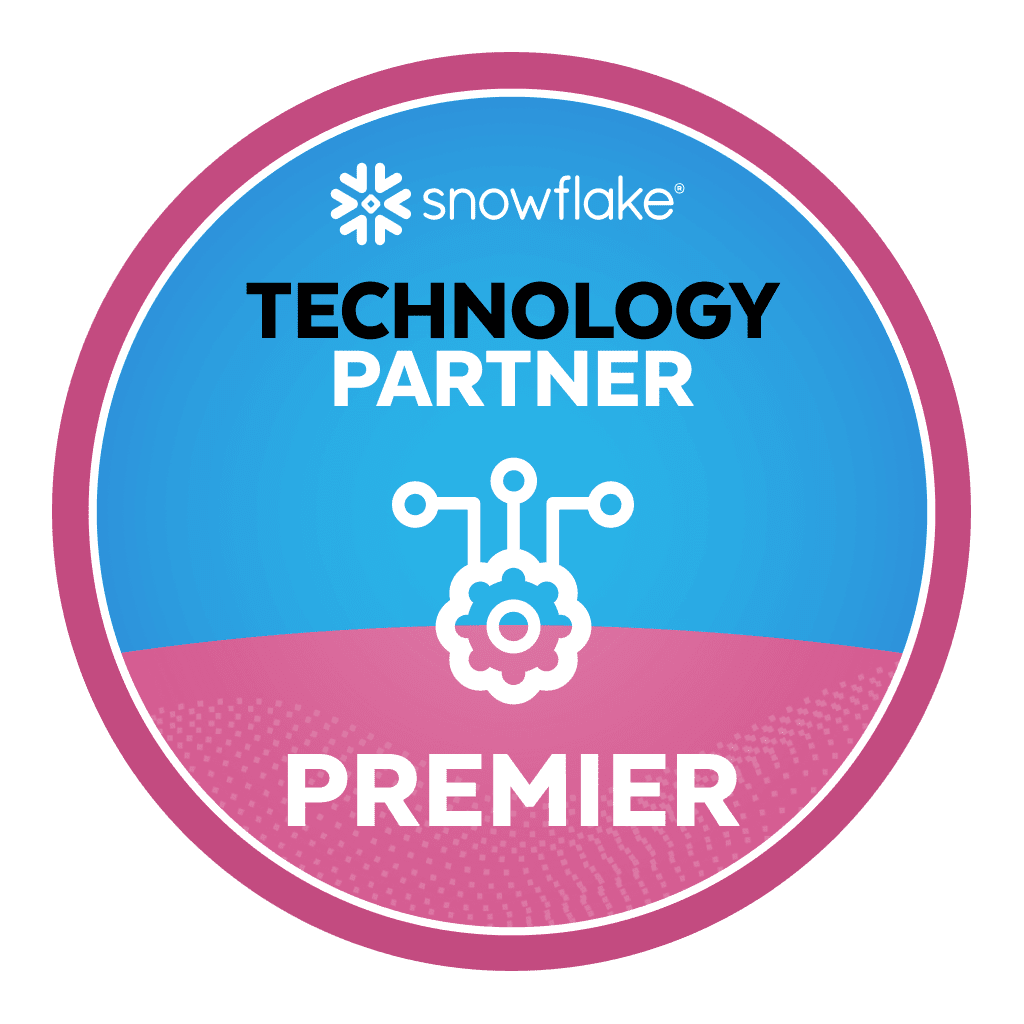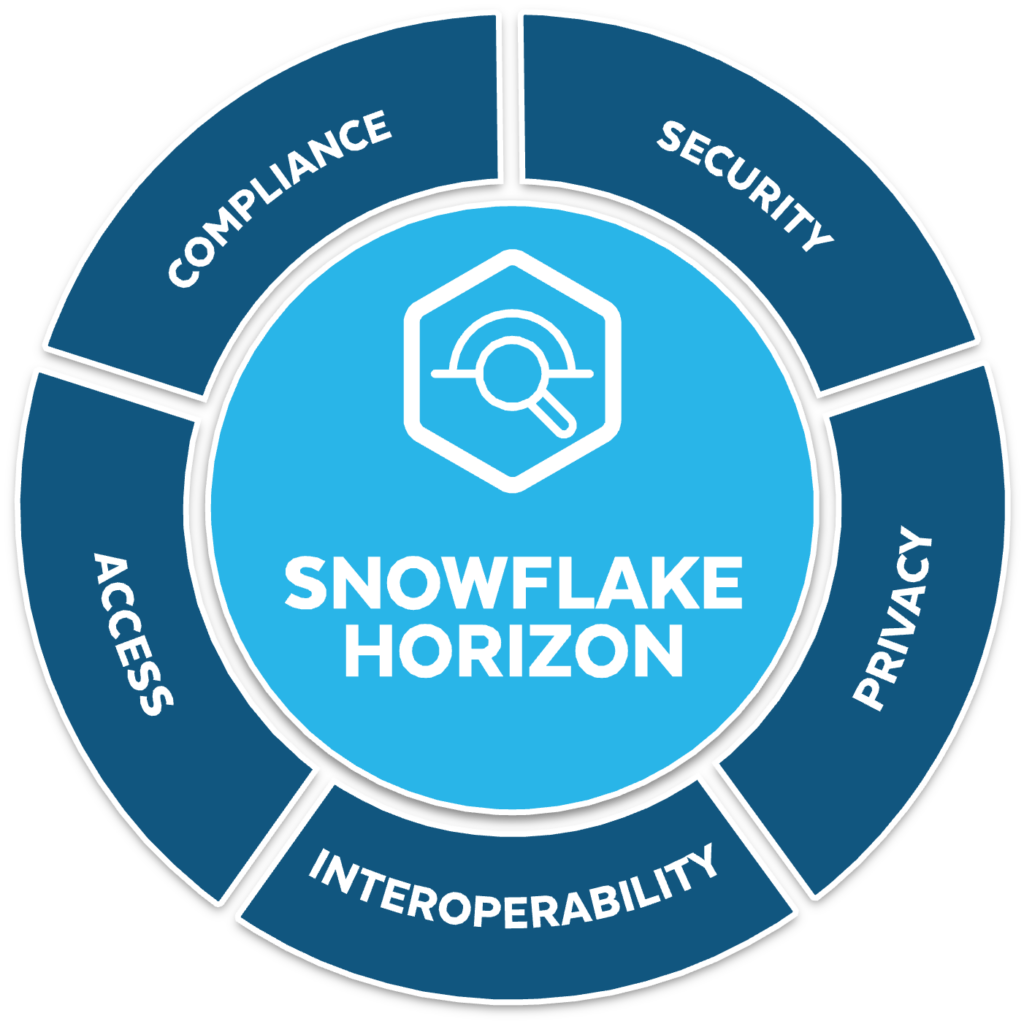Today’s data-driven world requires organizations to continue accumulating more information than ever before. This explosion of data brings immense value, but also significant risk if proper controls are not in place. Sensitive data falling into the wrong hands can lead to heavy penalties, loss of competitive advantage, and lasting reputation damage.
With 61% of all data breaches involving credentials, many organizations are turning to just-in-time access controls. Just-in-time access controls provide users temporary access to data assets only when justified by a specific business need. Only providing temporary access reduces the attack surface for bad actors.
This article explores JIT access control by covering the following topics:
What is Just-in-Time Access Control?
Just-in-Time (JIT) access control is an approach to data security that provides users with temporary access permissions based on their current context. Unlike traditional data access controls that grant static, ongoing access, JIT access controls provide access to data assets only when needed and revoke it immediately after. This minimizes standing access and the associated risk.
JIT data access controls leverage various factors to make real-time authorization decisions. These include the user’s role, the resource or data requested, the time and location of access, and business justifications. Based on this contextual data, users are granted temporary credentials to access specific resources for a defined timeframe.
How Does Just-in-Time Access Control Work?
With traditional data access controls, users often gain levels of access to resources exceeding their normal needs. JIT access controls overcome this by requiring a valid justification each time a user requests access. Approvals are granted on a limited, as-needed basis. Here is how the approval process works.
Access Request Process
The access request process under a JIT model follows a defined workflow:
- A user requests access to specific data for a particular business need. Requests are logged through ticketing systems.
- The requestor validates the user’s identity, role, and rationale. They log all details of the access request.
- The designated approver reviews the request details against policy rules. They approve or deny based on criteria like user attributes, data classification, and justification.
- If approved, temporary credentials are generated for the user to access the requested data. Details of the approval are recorded.
Temporary Access Provision
Temporary credentials granted by JIT systems limit access in two primary ways. Time-based access permits users to access the data only for a defined timeframe, such as 30 minutes, after which permissions expire automatically.
For usage-based access, access is bounded by a set number of queries, data views, API calls, or other usage-based factors instead of time. Access ends after the permitted usage is reached. Temporary provisioning follows the principle of least privilege, so ensure that users only gain the necessary data access level.
Revocation and Expiration
There are several methods JIT systems can use to revoke or expire access beyond the specified temporary access provision. Revocation can also be triggered by specified conditions, like a user change in role or departure from the organization.
Additionally, approvers can manually revoke access before expiration if no longer justified or permitted. By tightly controlling both the granting and revocation of access, JIT systems significantly limit standing permissions and reduce data exposure.
Benefits of Just-in-Time Access Control
JIT data access is a type of access control offers a unique approach to securing sensitive data assets and resources. This unique approach brings a few key benefits over other access control methods including:
- Minimizes standing access: By granting access dynamically per session, JIT limits users only to what they need when they need it. This reduces exposure from excessive permissions.
- Increases visibility: JIT systems log all access requests, approvals/denials, and usage sessions. This creates greater visibility into how users are accessing data.
- Strengthens compliance: Granting temporary access only with business justification improves data compliance with regulations like HIPAA and GDPR.
- Facilitates auditing: Detailed logging provides data audit trails to demonstrate regulatory compliance.
- Adapts to change: JIT systems can dynamically adjust permissions as user roles, data, and business needs evolve. This supports secure collaboration.
Challenges with Just-in-Time Access Control
While providing enhanced data security and access control, implementing a JIT model also poses some potential challenges:
- Additional administration: The dynamic nature of JIT requires extra administration and oversight for access requests, policy configuration, and approvals. This can add overhead for staff.
- Potential work delays: Access delays from the approval process can hamper productivity for some use cases. Automation and streamlined workflows are essential.
- Required training: Adoption of JIT access controls requires training users on new protocols for requesting access. Failure to adhere can disrupt workflows.
- Limits on data sharing: The restrictive nature of JIT access can make some forms of cross-department or customer data sharing more difficult.
Understanding these challenges and limitations can allow organizations to prepare mitigation strategies and smooth the transition when implementing Just-in-Time access systems. Careful planning and governance is key to realizing the security benefits while minimizing business disruption.
How to Implement Just-in-Time Access Control
Implementing effective JIT access controls requires careful planning and integration. Key steps include:
- Assess data security needs: Identify sensitive data, resources, and use cases that need stronger just-in-time protections. These become priority areas to implement JIT controls.
- Develop policies and processes: Define access policies, processes for access requests/approvals, revocation procedures, and logging requirements. Document how JIT controls will be administered.
- Integrate with Directory Services: Connect JIT solutions with existing identity management systems like Active Directory for authenticated user identities and attributes.
- Deploy supporting technologies: Implement peripheral systems like request ticketing workflows, user behavior analytics, and privileged access management that support the JIT access process.
- Create approval workflows: Configure automated approval workflows that run JIT rulesets. Approvals should integrate into access management systems.
- Train end users: Educate users on new JIT procedures. Ensure they understand how to securely request and justify access to sensitive data.
Conclusion
Satori’s Data Security Platform provides just-in-time data access control that strengthens data security by limiting access to only necessary users, for only necessary resources, and only when justified. Implementing solutions requires integration with existing access systems and well-defined policies. Organizations can achieve robust data protection that adapts and scales to evolving needs.
To learn more about how Satori can enable your organization to JIT data access and improve time-to-value, book a 30-minute consulting call.



